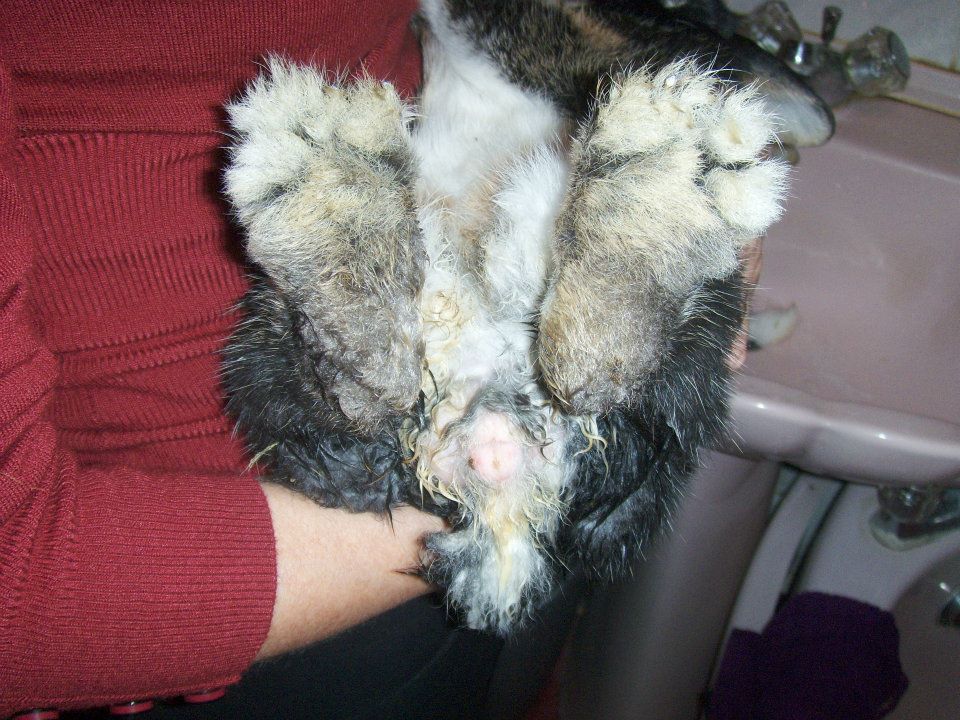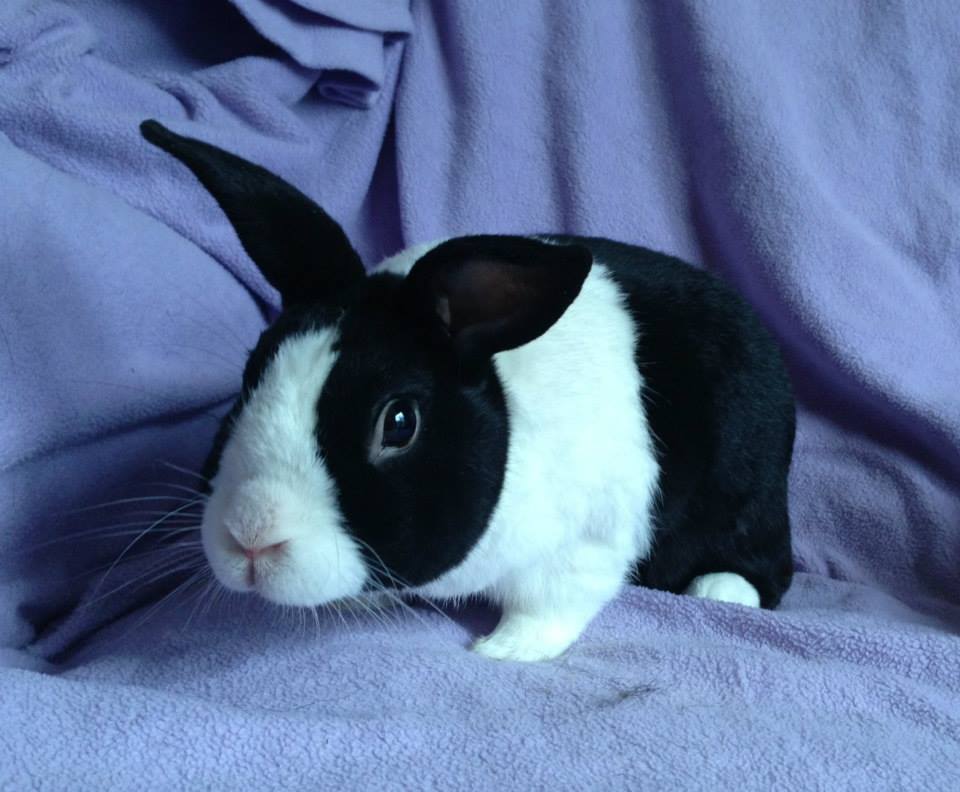Rabbits are regularly sold as easy and cheap pets, however, if you are thinking about getting rabbits, make sure you know how to care for them before you bring them home. There are lots of things to look out for when you own rabbits, and here are some things to look out for.
Gut stasis
Rabbits are herbivores, and because of this, they need a gut that is adapted to break down the nutrients in plants. As this diet is harder to digest, herbivores spend a high proportion of their time grazing on plant material, such as hay. Hindgut fermenters reingest plant material to ensure they get the full benefits from the meal. Rabbits have a single stomach compartment and fermentation and the digestion of cellulose mainly occurs in the large intestine and caecum. The caecum is larger in hindgut fermenters and food leaves here via an opening called the cecocolic orifice and moves into the ascending colon. Here, contractions make the digested food mix and absorption of salts, nutrients and water as well as the nutrients produced through fermentation happens. The lower colon absorbs water and it concentrates the waste material before it is re-ingested by the animal).
Rabbits produce two types of faeces. They have a hard, round one and a softer one that is produced at night which they will eat – this is known as coprophagy. Rabbits should have a diet of 80% hay and they need a constant supply of food moving through their gut, otherwise, they can go into GI stasis where the gut stops moving. A rabbit that has GI stasis has a very small chance of surviving because the caecum is not emptying fast enough and a build-up of harmful bacteria, such as Clostridium can build up. Once this overgrowth occurs, the gas which is emitted by the bacteria causes severe pain to the rabbit. Some types of Clostridium produce deadly toxins and the liver will attempt to detoxify these proteins which can lead to liver damage.
This photo demonstrates what happens if the rabbit is unable to re-ingest the softer faeces. This can happen if the rabbit is overweight, has back problems or is elderly and unable to reach the faeces as it exits the body. It can also be caused if the rabbit is fed a diet that is too low in fibre, or if they are fed a muesli mix where they selectively feed.


Below is a photo of the same rabbit, after cleaning.
Fly strike
If you leave your rabbit with a dirty back end, not only will it be very unpleasant for your pet, but there is a high chance they will get fly strike. Flies are attracted by the dampness or smell of urine which is why it is important to ensure animals are kept very clean in warm weather when the flies are out of hibernation and starting to breed. Rabbits produce two types of faeces, the hard round type which they do in the day and a softer type at night which they eat (coprophagy). If the rabbit does not clean these soft faeces away, flies will be attracted to them and the rabbit will be at risk. Old, arthritic, obese and unwell rabbits are more at risk as they will not be able to clean themselves. The fly will lay eggs on the skin which will hatch into maggots and eat the animal alive.
As well as ensuring the living area is clean, there are other things that can be done to lower the chance of fly strike. Flypaper near the hutches is a good way to control flies and so are electric bug zappers. There are products that can be applied to the rabbit to deter flies. F10 wound spray with insecticide repels flies and kills maggots – This treatment should be reapplied weekly.
This rabbit is recovering from fly strike.

Myxomatosis
Myxomatosis is spread by flying insects that are carrying the disease. Because of this, the prevention of it is very similar to the prevention of flystrike. Fly screens fitted around the hutch and runs in summer and bug zappers will reduce the number of flying insects and therefore reduce the risk of myxomatosis. It is also important to routinely flea treat any dogs or cats that come into close contact with the rabbits because they could catch fleas that are carrying the disease. There are vaccinations rabbits can have against myxomatosis, however, they do not necessarily protect the rabbit against all strains of myxomatosis, but will improve the chances the rabbit has of recovering.
Any standing water should be removed from areas where rabbits live. If there is a pond nearby, adding fish to eat the mosquito larvae will reduce the risks. Natural fly repellers such as lavender planted in pots around the hutch and blocking off the garden to stop wild animals that could be carrying infected fleas will also work as preventative measures to stop the spread of myxomatosis.
Urine scold
Rabbits kept in unsanitary conditions will have physical effects from being kept this way. Urine can burn the skin and leave it red and sore, like the rabbit in this photograph.
Rabbits can be trained to use litter trays, which makes cleaning them out easier (however a full clean of the hutch or living space should be completed regularly).

Blocked tear ducts
This rabbit has blocked tear ducts (dacryocystitis). Rabbits have one tear duct in each eye, which is located very close to the teeth and gums. As the eyes will constantly tear, the skin around the eye can become irritated and sore and this is called epiphora.
Blocked tear ducts can be caused by oral disease, infection, dental abscesses/malocclusion however, it can also be caused by dusty bedding.

Mites
There are different types of mites which can affect rabbits;
- Cheyletiella mites – Dandruff, or flakey skin are a sign that a rabbit has mites – This dandruff can usually be found around the neck and lower back area, however, in severe infestations, more parts of the body can show symptoms. This type of mite is commonly known as ‘walking dandruff’ as this dandruff will move as the mites do.
- Fur mite or lice can be seen with the naked eye.
- Ear mites (Psoroptes cuniculi) can live in the ear canal and cause irritation. Symptoms include soreness at the base of the ear and scratching. Inside the ear, a crusty substance can develop. If left untreated, the mites can spread and be found around the face and neck.
If left untreated, lesions can occur and the rabbit will be very uncomfortable and itchy.

Long nails
Overgrown nails are probably the most common thing we see with rabbits entering the rescue.
Long nails are uncomfortable for your rabbit as the foot can arch causing discomfort. Sometimes nails will curl as they grown, which means they can dig into the skin. Long nails are also a worry as the rabbit could injure itself (particularly their eyes) when grooming.
You can cut your rabbits nails yourself, however, it is advisable to get a vet to show you how do do it before you do. You need a pair of specially designed nail clippers and it is advisable to have someone else hold your rabbit whilst you do this.
Rabbits have a quick in the nail which should be avoided. If you clip this, the rabbit will bleed which will stress out your rabbit. If your bun has lighter coloured nails, you should be able to see the quick. Those with black nails are more difficult as you cannot see the quick, but you can use the lighter coloured nails as a guide. If your rabbit has all black nails, is it better to take a little bit of nail off frequently, rather than risk cutting the quick. If you have someone helping you, they could hold a torch against the nail and you should be able to see the quick.
To help your rabbit keep their nails short, you should give them places to dig. We use litter trays with soil in to encourage them to dig – you could also use boxes stuffed with hay and newspaper. If you are able to, put your rabbits run on a concrete or patio area occasionally so your rabbits can wear down their nails.

If you are worried about your rabbit, make sure you take them to your vet to help keep them in tip-top condition.
Have a read of 10 things you need to know before adopting rabbits to make sure bunnies are the right pets for you!
If you want to learn more about health checking your rabbit, click here.


Thanks for pointing out that rabbits can get long nails that can potentially injure them and grow in. My rabbit, Killer, has pretty long hair, and she’s really pretty. But we’re not too sure how to properly take care of Killer. It’d be a good idea for us to find a rabbit groomer who’ll be able to clip her nails and make her look and feel good.